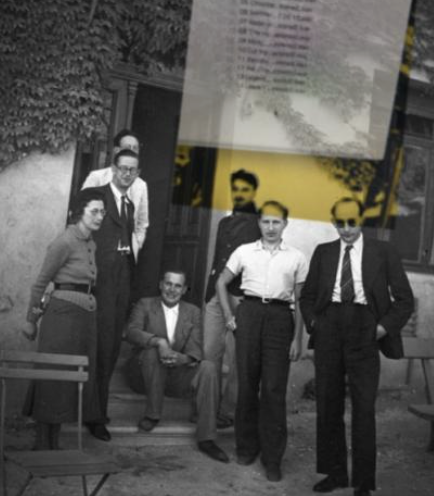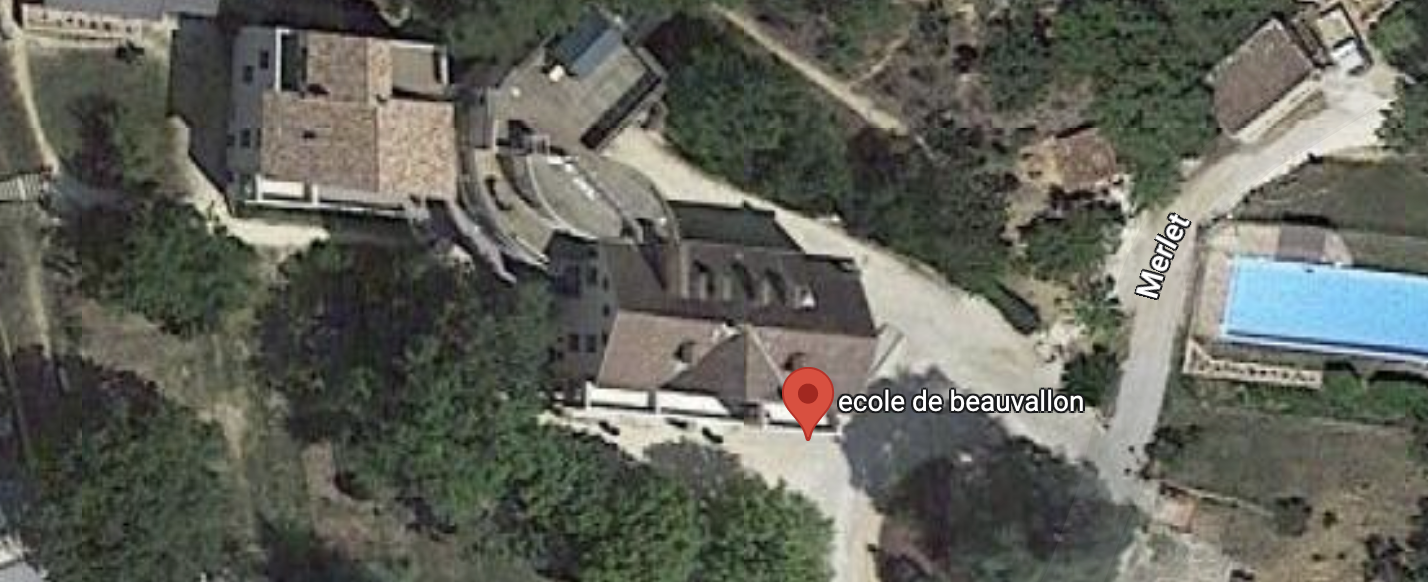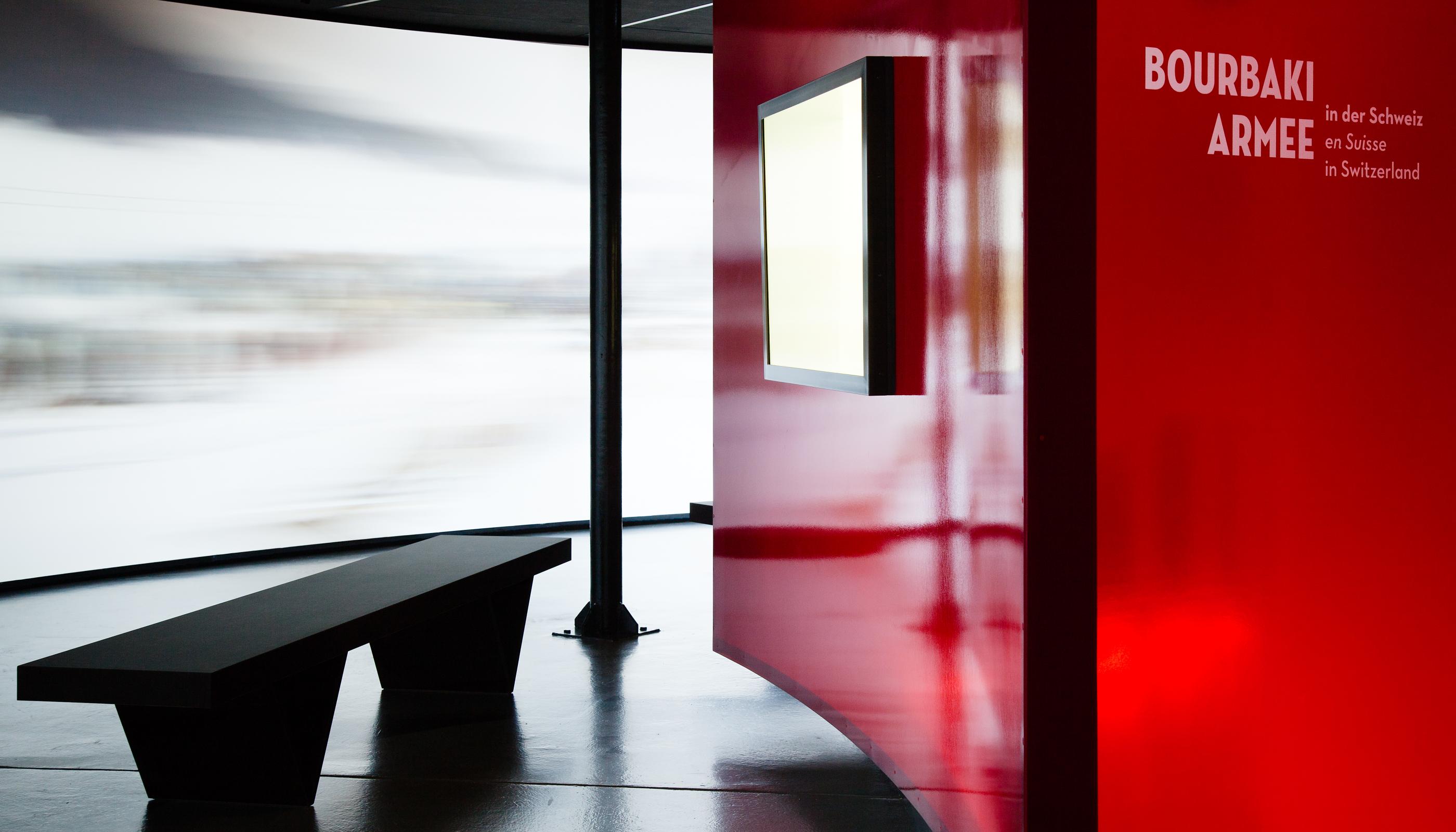On April 20th of 2018, twenty one pilots updated their store page to include a video with a hidden message at the end of it.

and with a bit of sleuthing it led to a page on the dmaorg.info site containing:
- a map of the City of Dema
- a picture of 21 vultures sitting on the rim of a tower of silence
- a ‘failed perimeter escape’ message
- the first letter of someone named Clancy, a citizen of Dema, starting with “The perplexities of the Dema horizon didn’t occur to me until my ninth year.”
- the blurred photo on the left below:
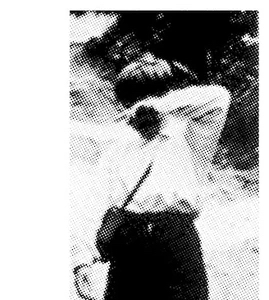

This was immediately identified as part of the photo on the right, which is on the French Wikipedia page for Andre Weil.
The photo is clipped in such a way one cannot be certain whether the child is a boy or girl, so a logical explanation is that this is supposed to be the nine year old Clancy, shielding his eyes from the violence (vialism) he just discovered in Dema.
The full picture suggests that Clancy’s struggles might mirror some in Andre Weil’s life.
Andre Weil was born May 6th, 1906, so ‘in his ninth year’ World War 1 breaks out in 1914.
Last time we’ve seen that Bourbaki’s Dema = Ecole Normal Superieure in Paris during WW1, Vialism = militant patriotism sending ENS-graduates as trained reserve second lieutenants in the infantry to the trenches, and there getting killed ‘pour la patrie’ and the glory of the ENS and its director Ernest Lavisse, “L’instituteur national”.
Here’s a G-translation of his letter to the young French, published September 23rd 1914:
Dear children of France, You will be old one day, and, like the old, you will like to remember times past. There will come evenings when your little children, seeing you dreaming, will say to you: Tell us, grandfather. And you will tell. It will be a few episodes of the war, a long march, an alert, a bayonet assault, a cavalry charge, the feat of a battery of 75, the strewn enemy dead on the plain, or else, in the streets of a city, the serried ranks of corpses left standing for lack of room to fall; and then the death of comrades, the terrible losses of your company and your regiment, your wounds received in Belgium, in Champagne, on the banks of the Rhine, beyond the Rhine; but the joy of victories, the poles knocked down on too narrow frontiers, triumphal entries.
On those evenings, after the amazed children have gone to sleep, you will open a drawer where you will have collected precious objects, a bullet extracted from a wound, a piece of shell, a cloth where your blood will have turned pale, a cross of honour, I hope, or a military medal, at the very least a medal from the 1914 war, on the ribbon of which the silver clasps will bear the names of immortal battles. And whatever your life, happy or unhappy, you will be able to say: I lived great days such as the history of men had not yet seen. And you will be right to be proud of your youth, because you are sublime young people!
I have read your letters; I have spoken with the wounded. Through you, I know what heroism is. I had heard a lot about it, being a historian by profession, but now I see it, I touch it, and how beautiful your heroism is, embellished with grace and smiling in the French way! Young soldiers if you were given one chevron per battle, your march would not be enough to accommodate them, because at the end of the war you would count more chevrons than years;
Young soldiers you are glorious old warriors.
Oh! Thanks thanks! Thank you for the beautiful end of life that you give to the elderly who, for forty-four years have suffered so much from the abasement of the fatherland.
The 44 years refers to the Franco-Prussian war of 1870 in which Bourbaki (the general) played a dramatic role.
The next cycle of militant patriotism occurred in the years leading up to the second world war. Here, Andre Weil’s experiences mirror those of Clancy. He tried several times to escape, first from military action (although he too was a reserve officer in the French army), then from France itself. He was captured in Finland, brought back to France to face trial and imprisonment, was released on the condition that he did active military duty, escaped with the French army to England, there demobilised he refused to join de Gaulle’s troops, left England on a boat to Marseille, from where he escaped to the US.
All this, and much more, you can read in his autobiography The Apprenticeship of a Mathematician, especially Chapter VI, The War and I: A Comic Opera in Six Acts.

(for TØP-ers, note the Bishop-red cover…)
Comic or not, the book tries to ‘explain’ his actions in those years, but failed to convince the French from offering him a professorship at a French university after the war.
Perhaps it may be worth looking into a comparison between Weil’s autobiography and the collected Clancy letters.
I guess that’s the best I can do to explain the use of that Weil photo by TØP. Surely they didn’t search any deeper as to where and when this picture was taken, or who the girl was next to Weil.
In case anyone might be interested, I’ll be happy to explain my own theory about this in another post.
I’m sure the full photograph ended up in the ‘Trench-bible’, given to the director of their clip-movies. The scenery is used at the end of the Jumpsuit video when ‘Clancy’ takes out a jumpsuit from the burning car and walks away along a road very similar to that in the photo.
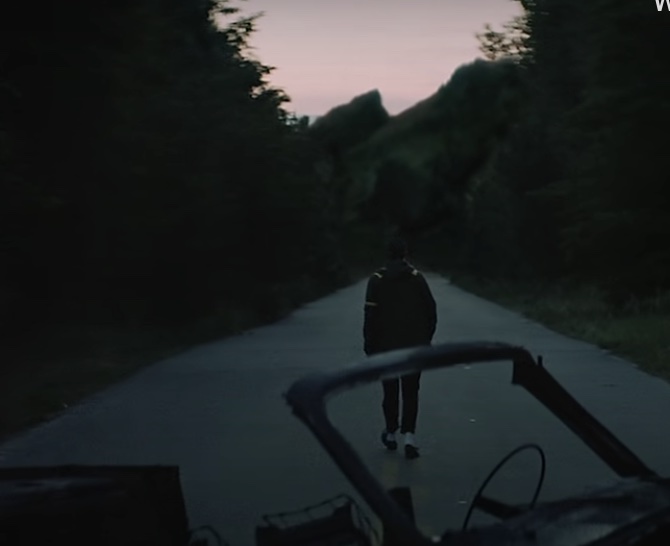
The boy/girl shielding his/her eyes for the violence, should have been used at about minute one into the Outside video
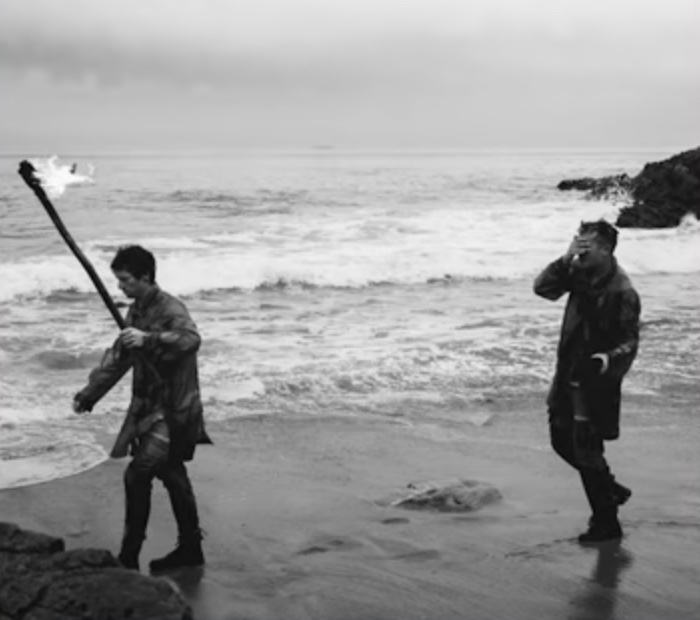
Now, there’s another Weil (or rather Bourbaki) photograph we know did inspire Twenty One Pilots, the classic picture at the Dieulefit/Beauvallon 1938 Bourbaki-congress

which was photoshopped in order to get Szolem Mandelbrojt in from the Chancay (quite similar to Clancy now that i type this) 1937 Bourbaki congress
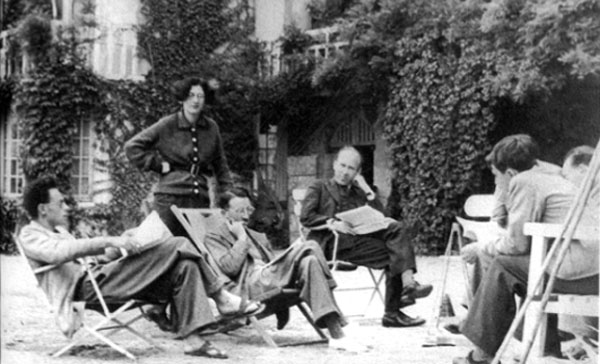
Now, these were the only two Bourbaki-meetings Simone Weil (Andre’s sister) attended, and she features prominently in both pictures.
Probably this brother/sister thing struct a chord with Twenty One Pilots. But then, you quickly end up with this iconic picture of both of them, taken in the summer of 1922, just before Andre entered the Ecole Normale (he entered the ENS at age 16…)
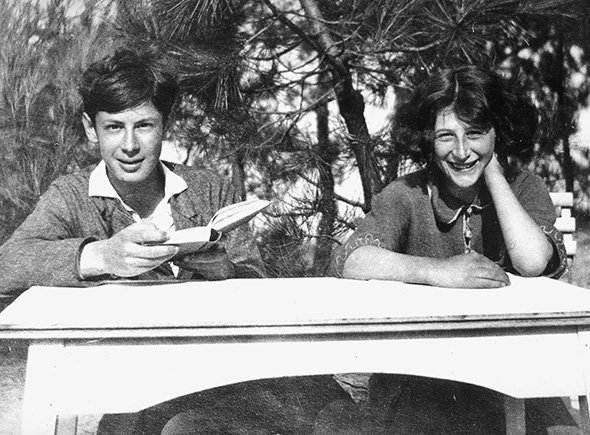
I’d love to be send a copy of the ‘Trench bible’ because I’m fairly certain also this photograph is in it. At the end of the Nico and the niners-video you see this boy and girl (who may be around age 9 and discover the truth about Dema) finding a jumpsuit with the Bishops approaching
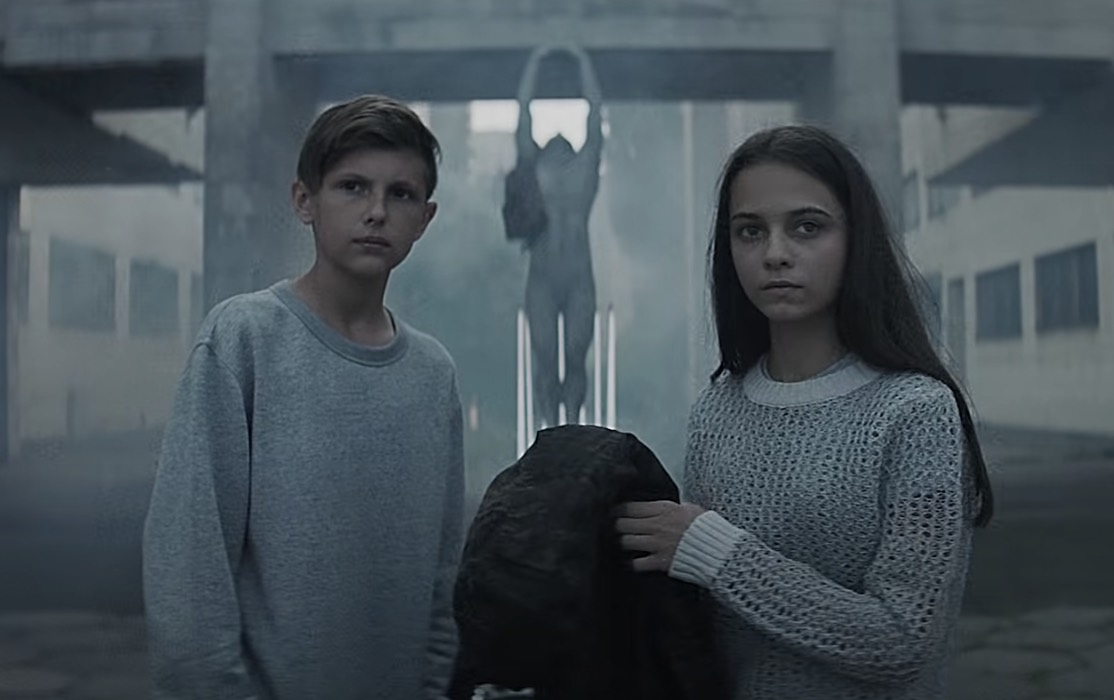
and they reappear a bit older at the end of the Outside-video, with a burning Dema in the background.
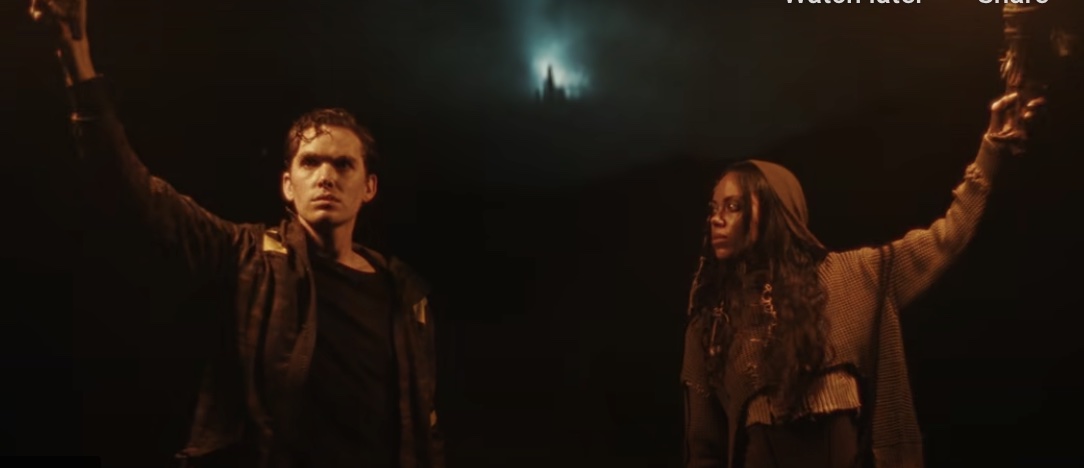
In this series:
- Bourbaki and TØP : East is up
- Bourbaki = Bishops or Banditos?
- Where’s Bourbaki’s Dema?
- Weil photos used in Dema-lore
- Dema2Trench, AND REpeat
- TØP PhotoShop mysteries
- 9 Bourbaki founding members, really?
- Bourbaki and Dema, two remarks
- Clancy and Nancago
